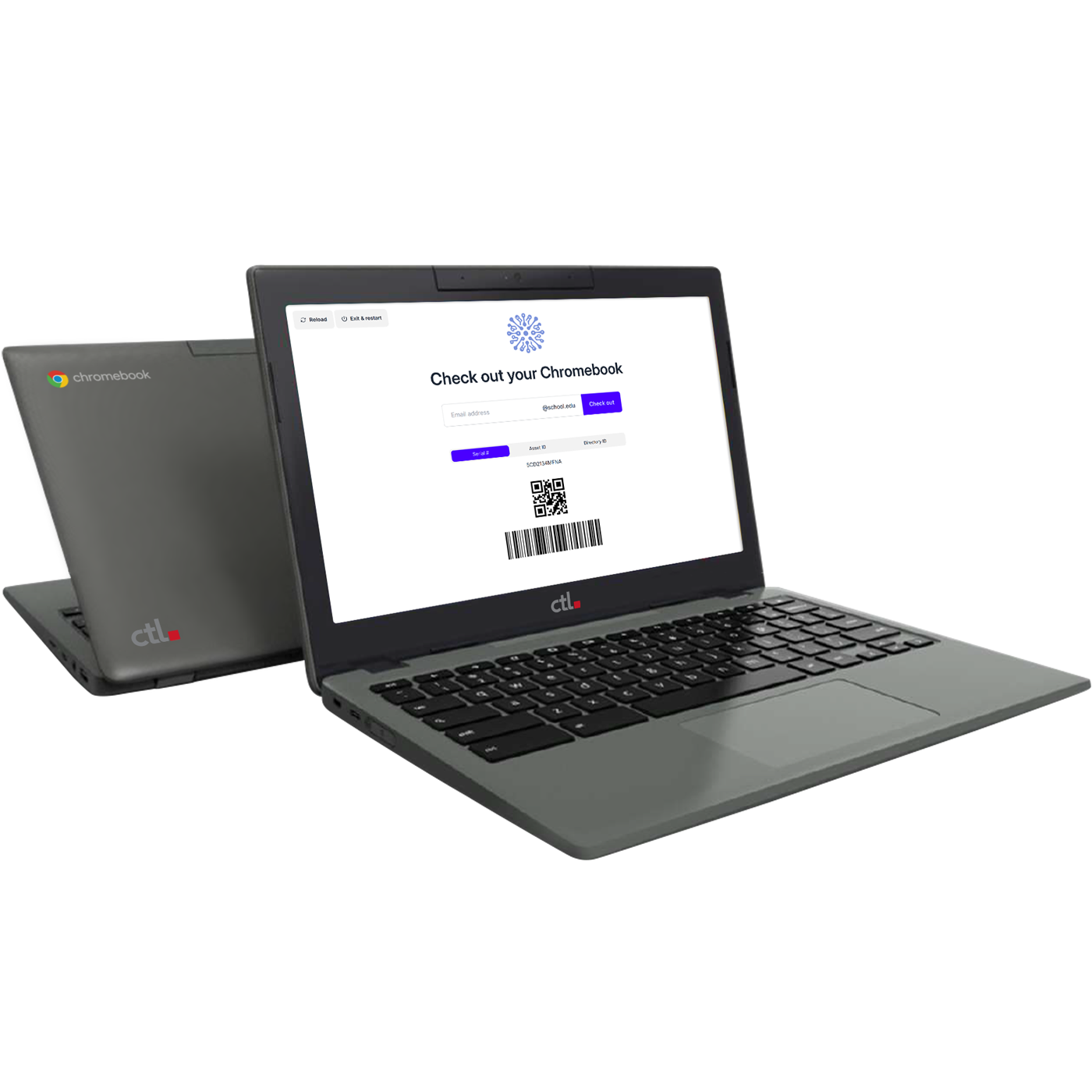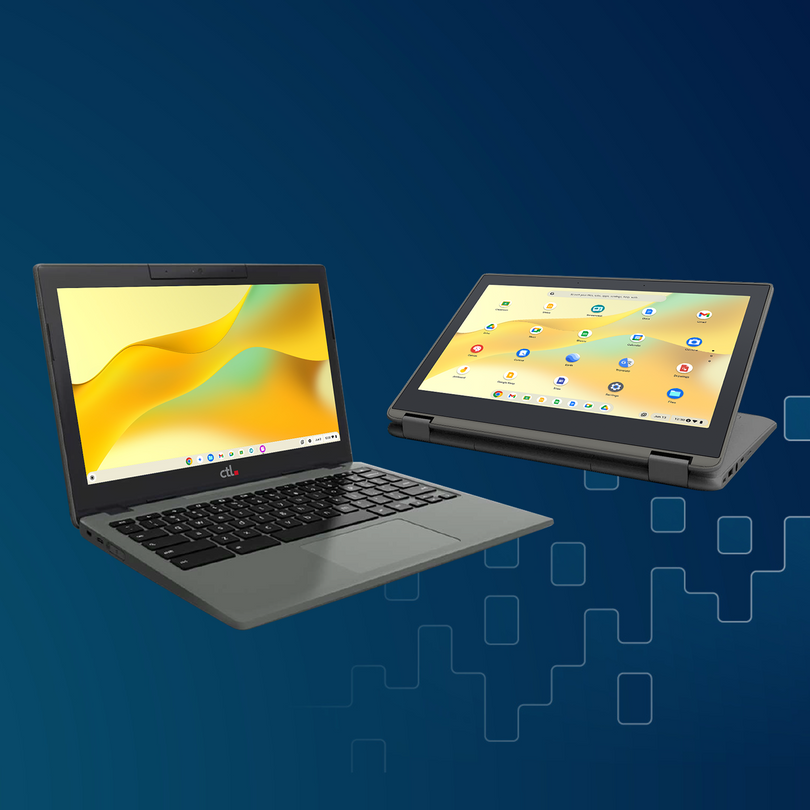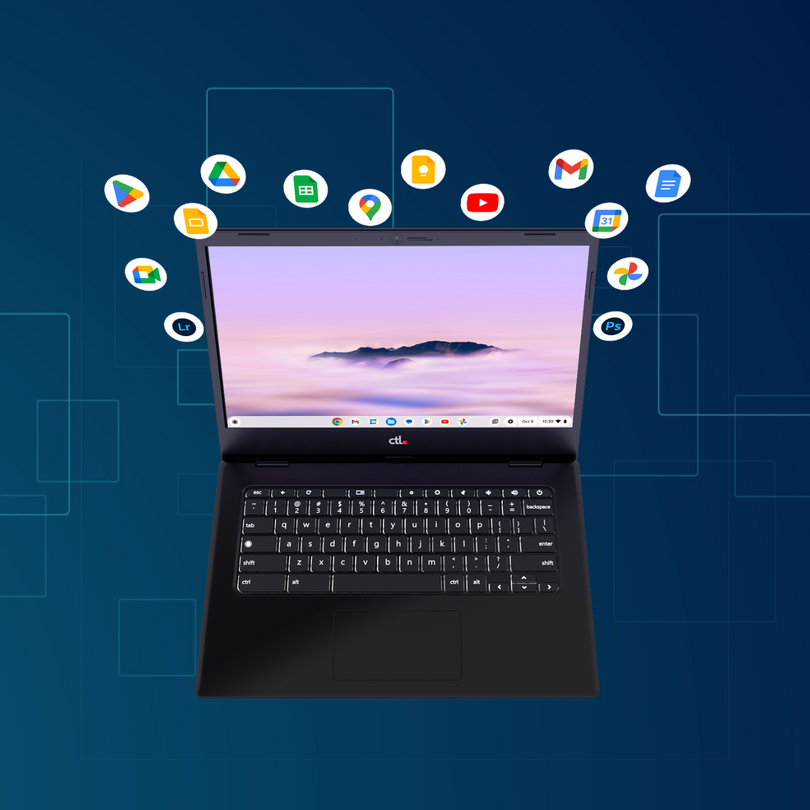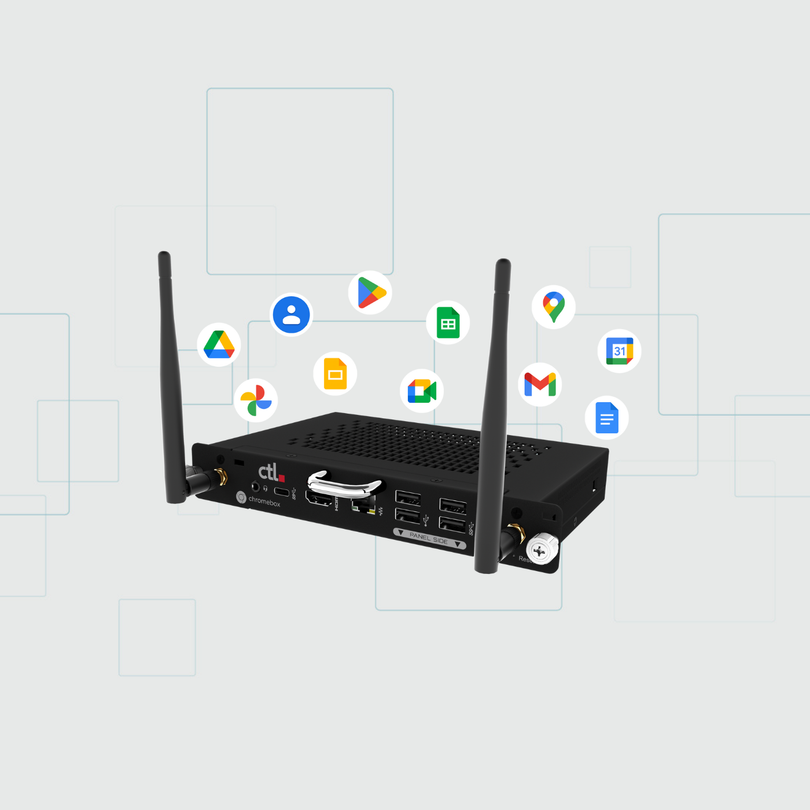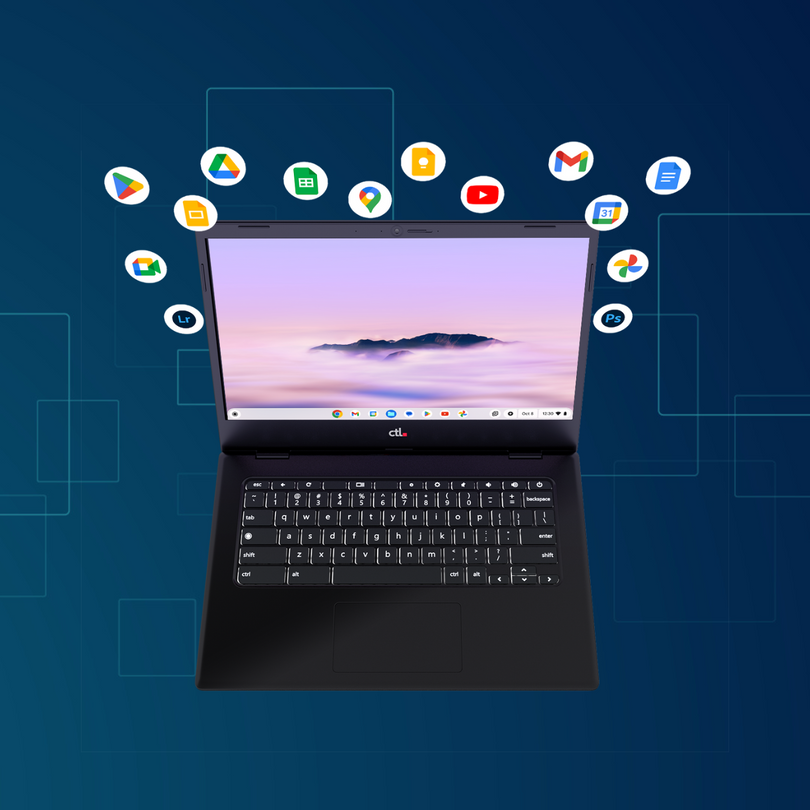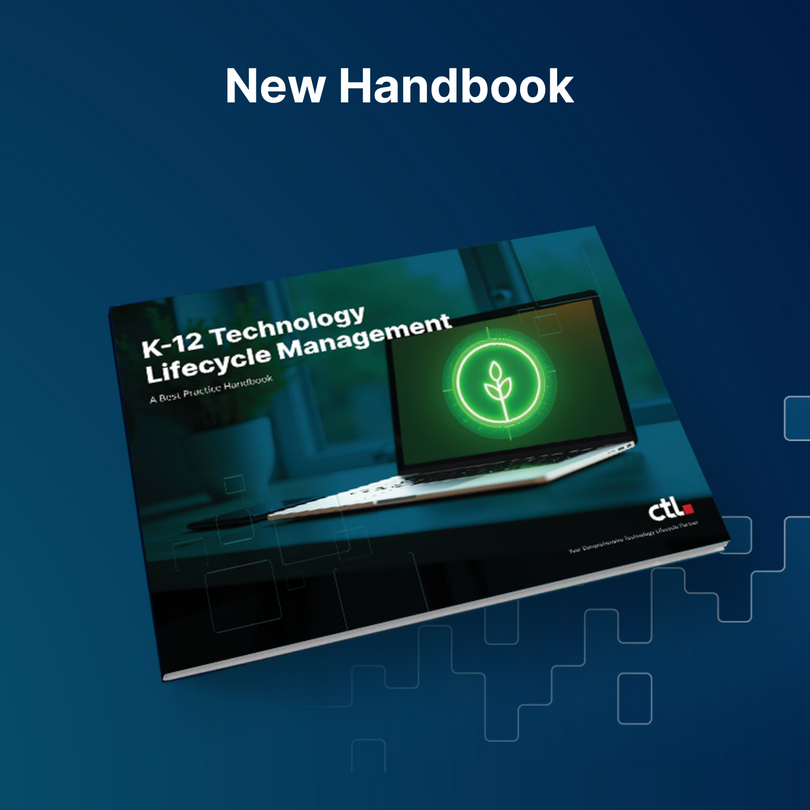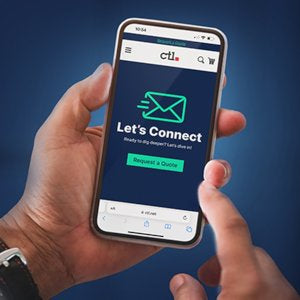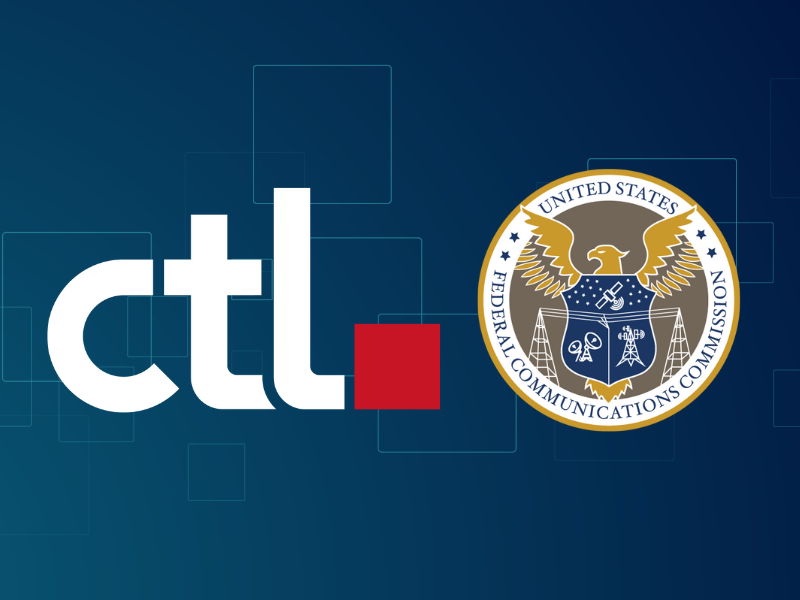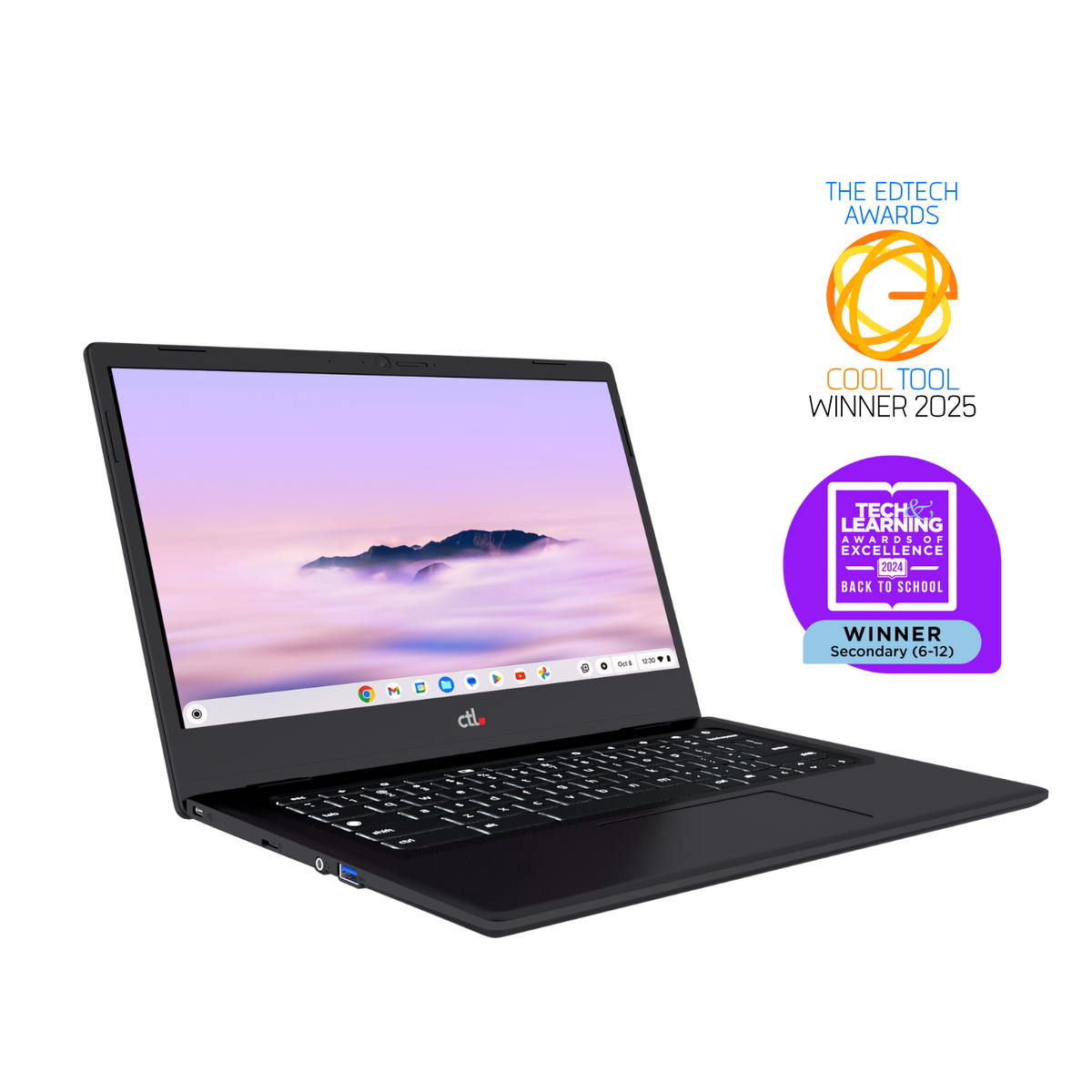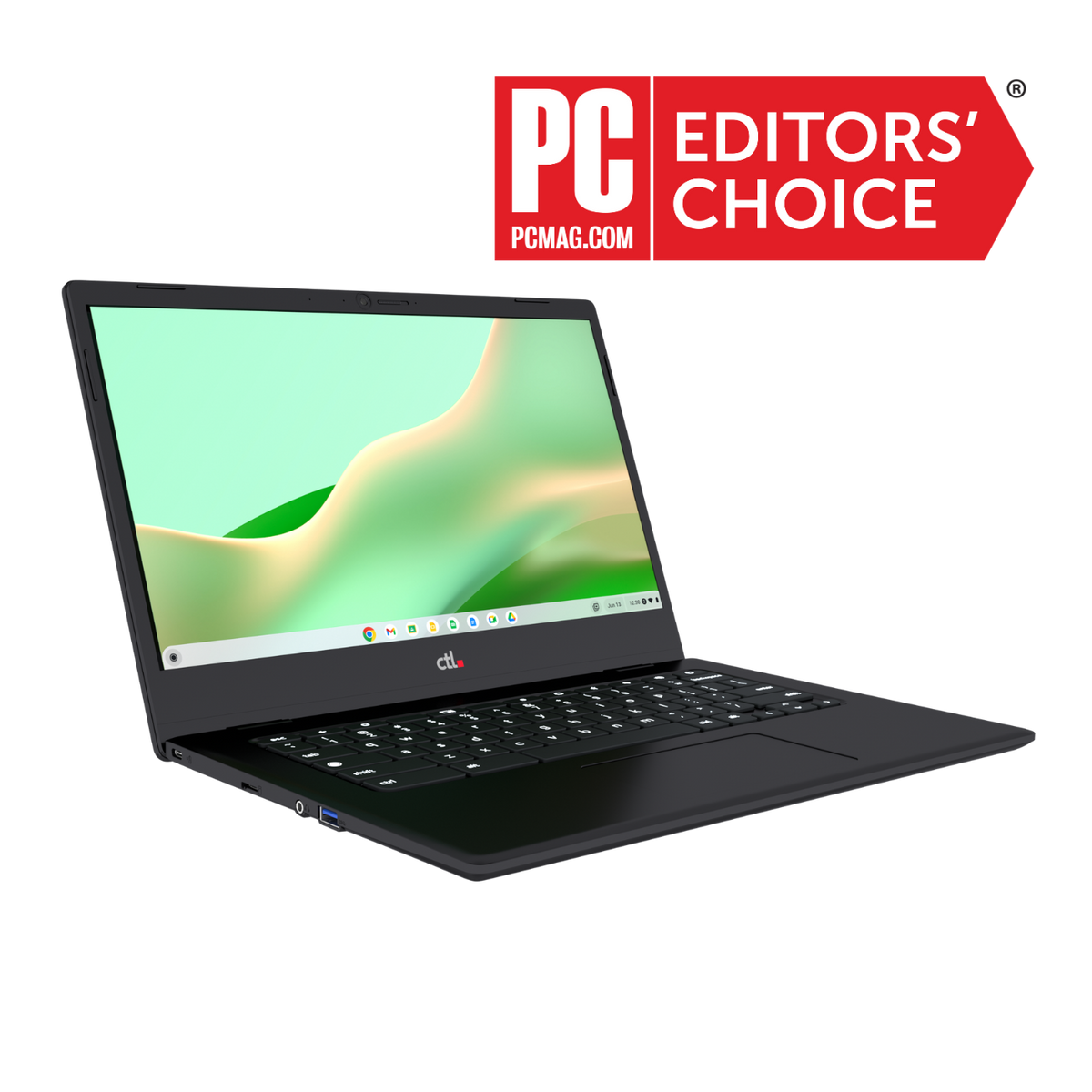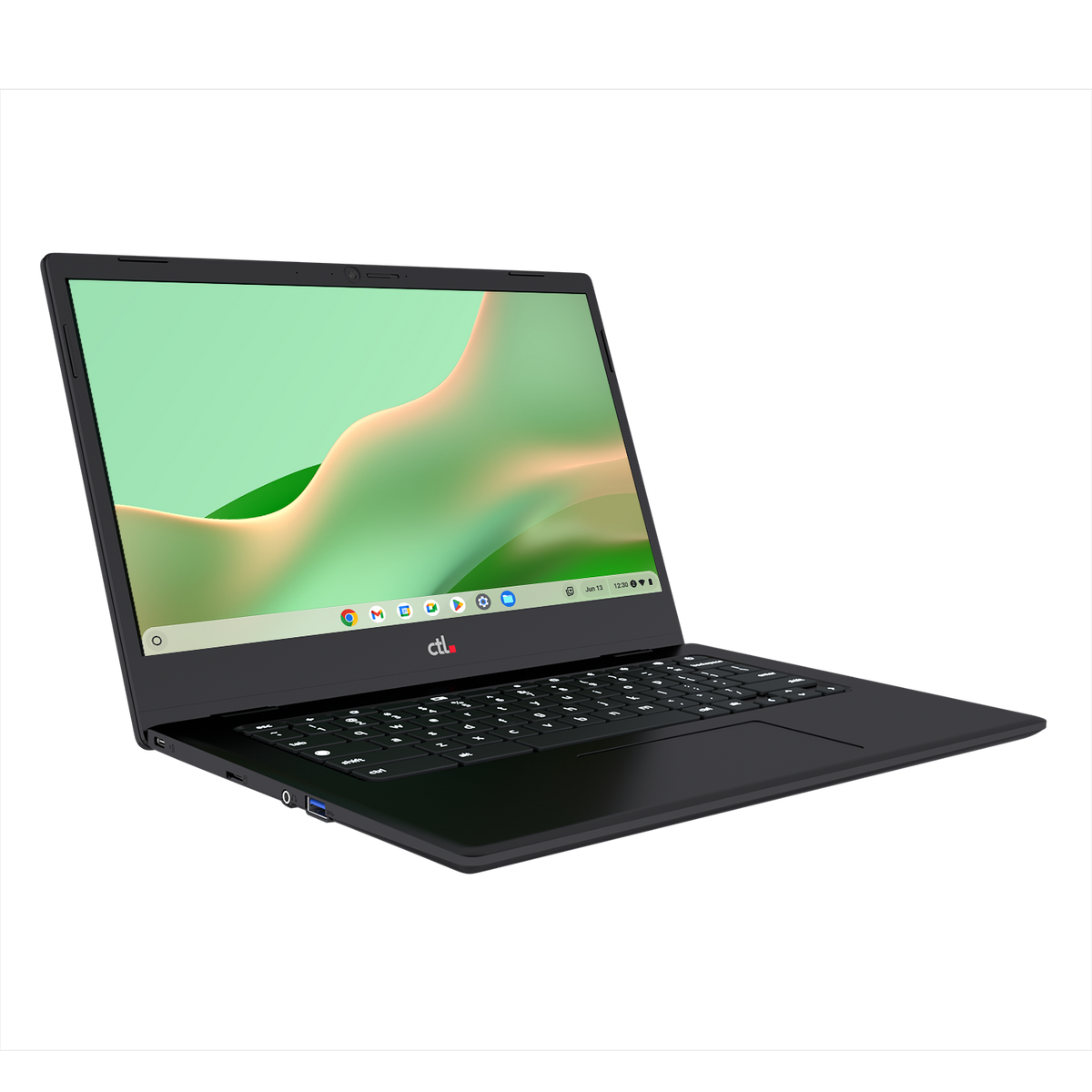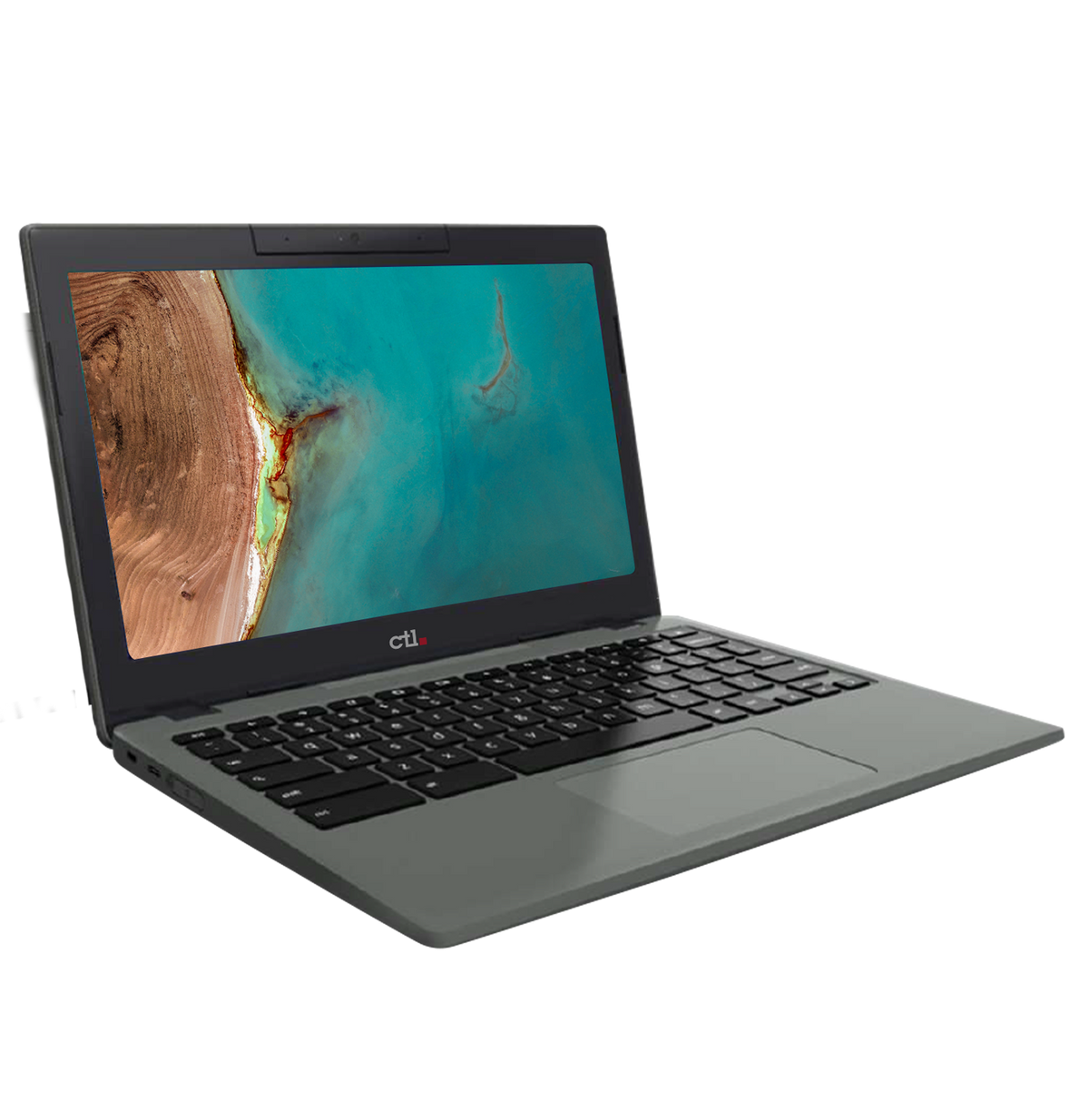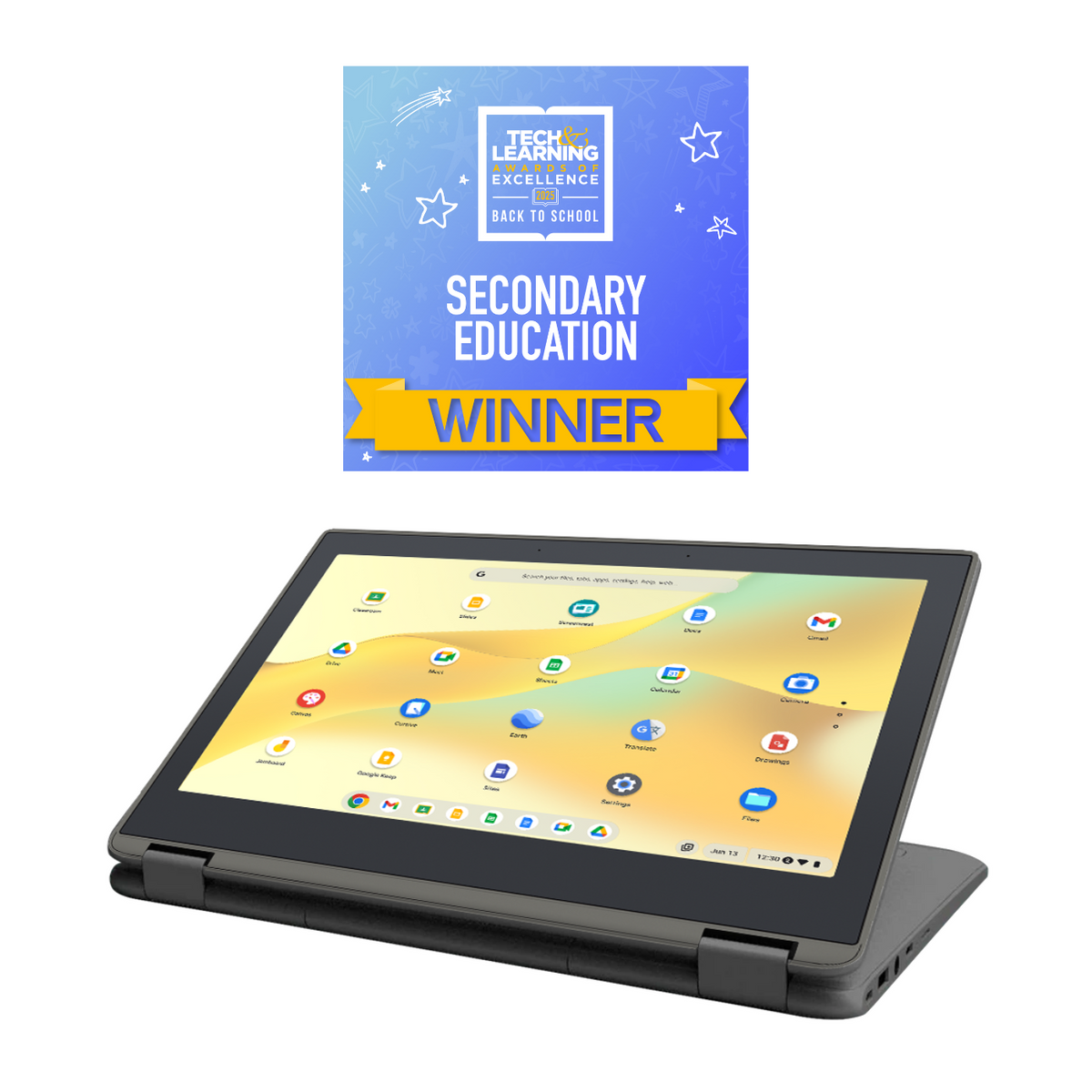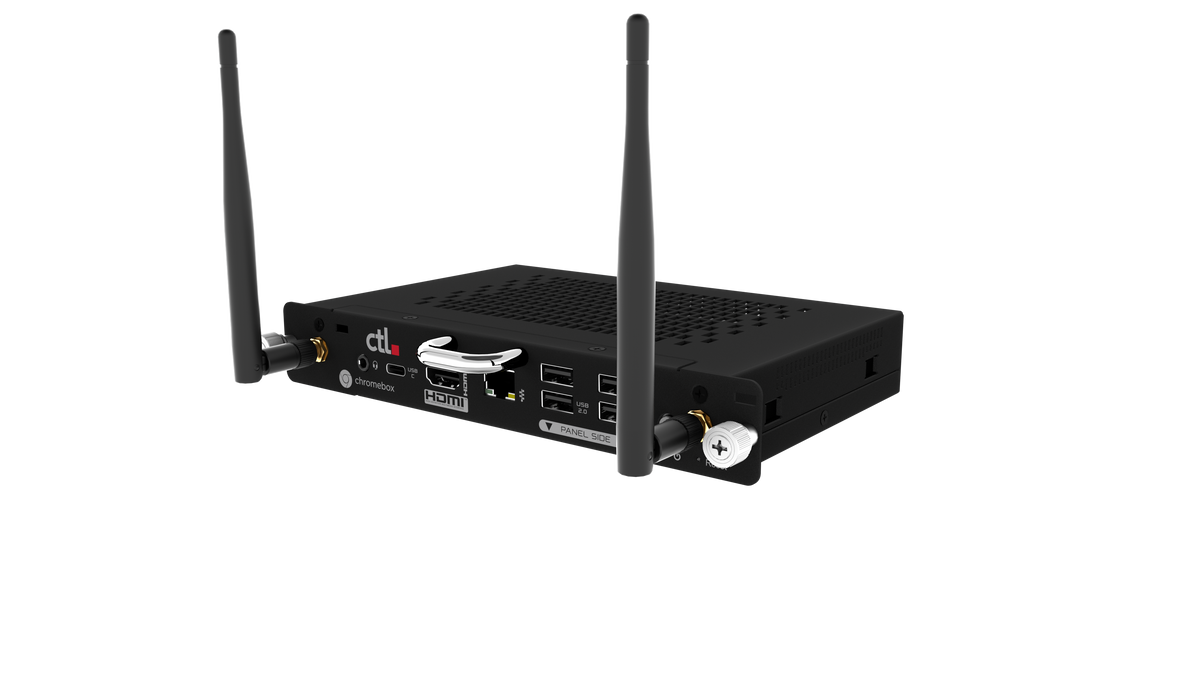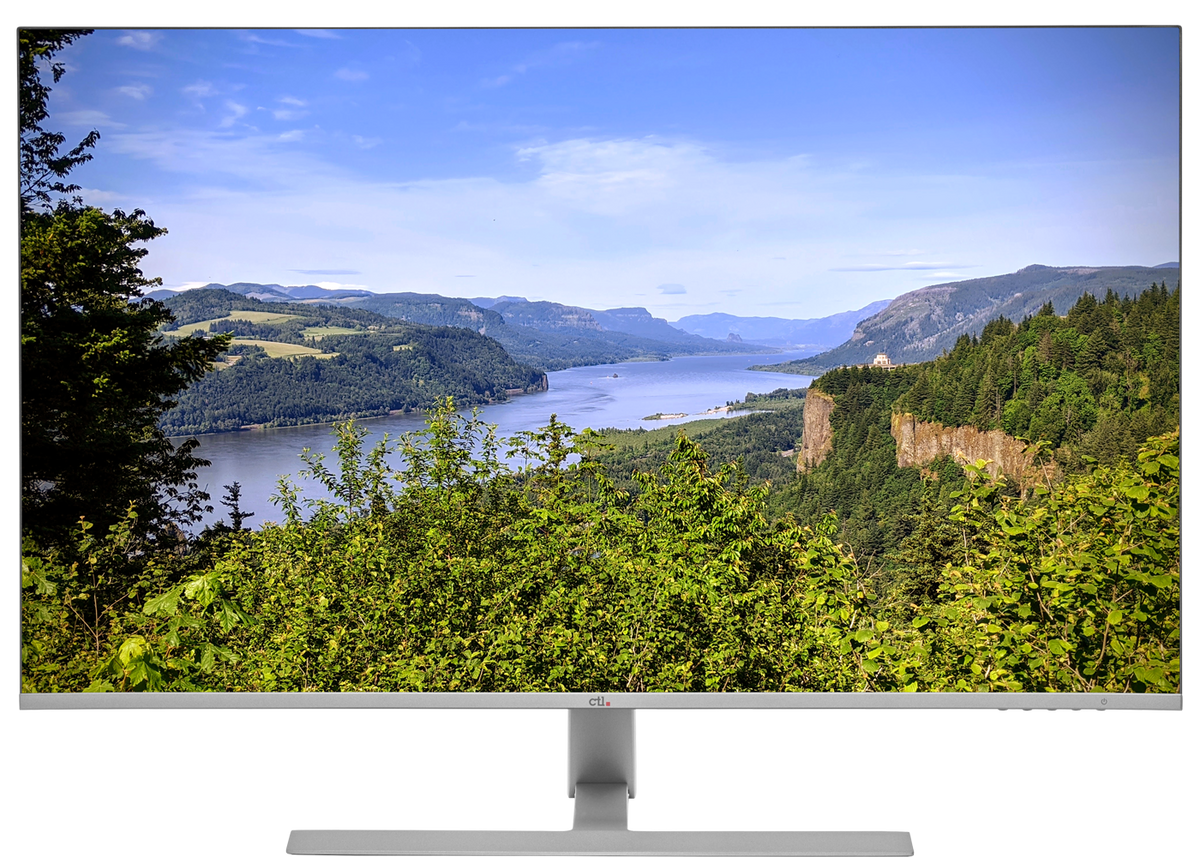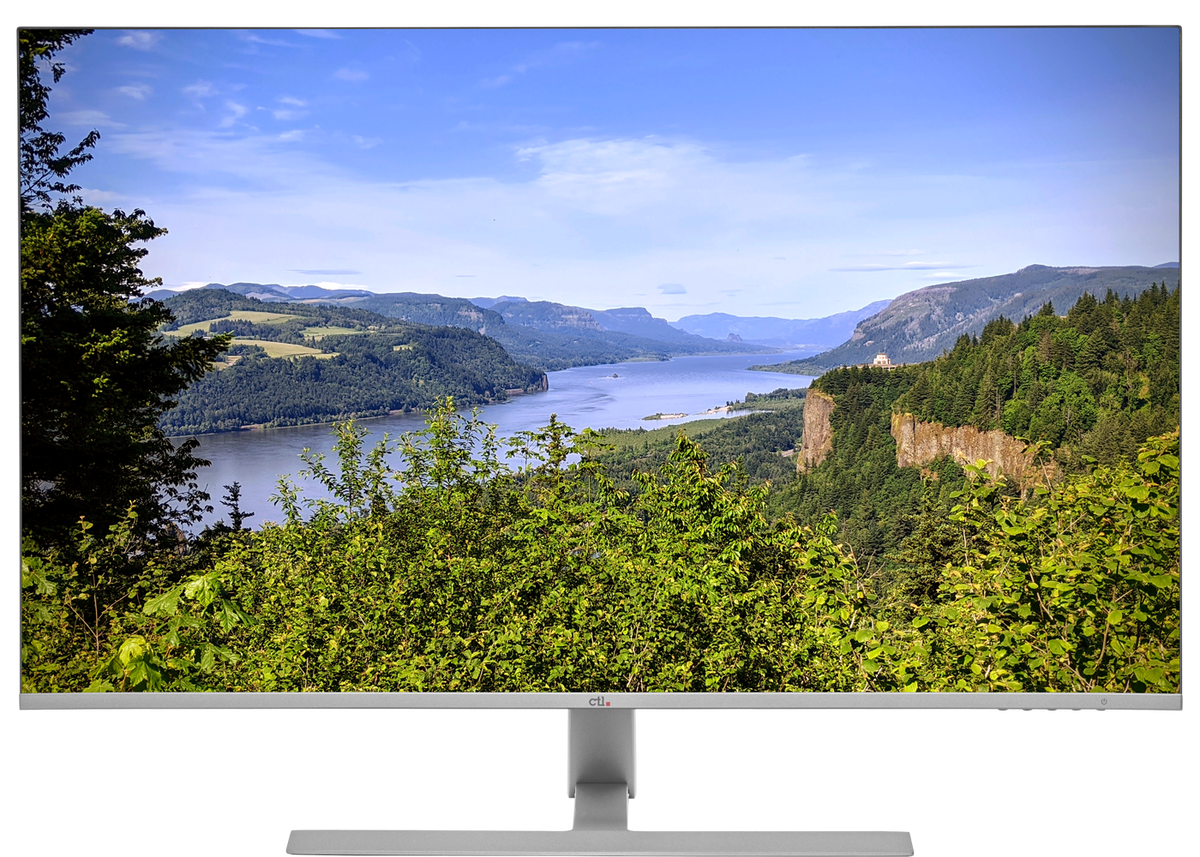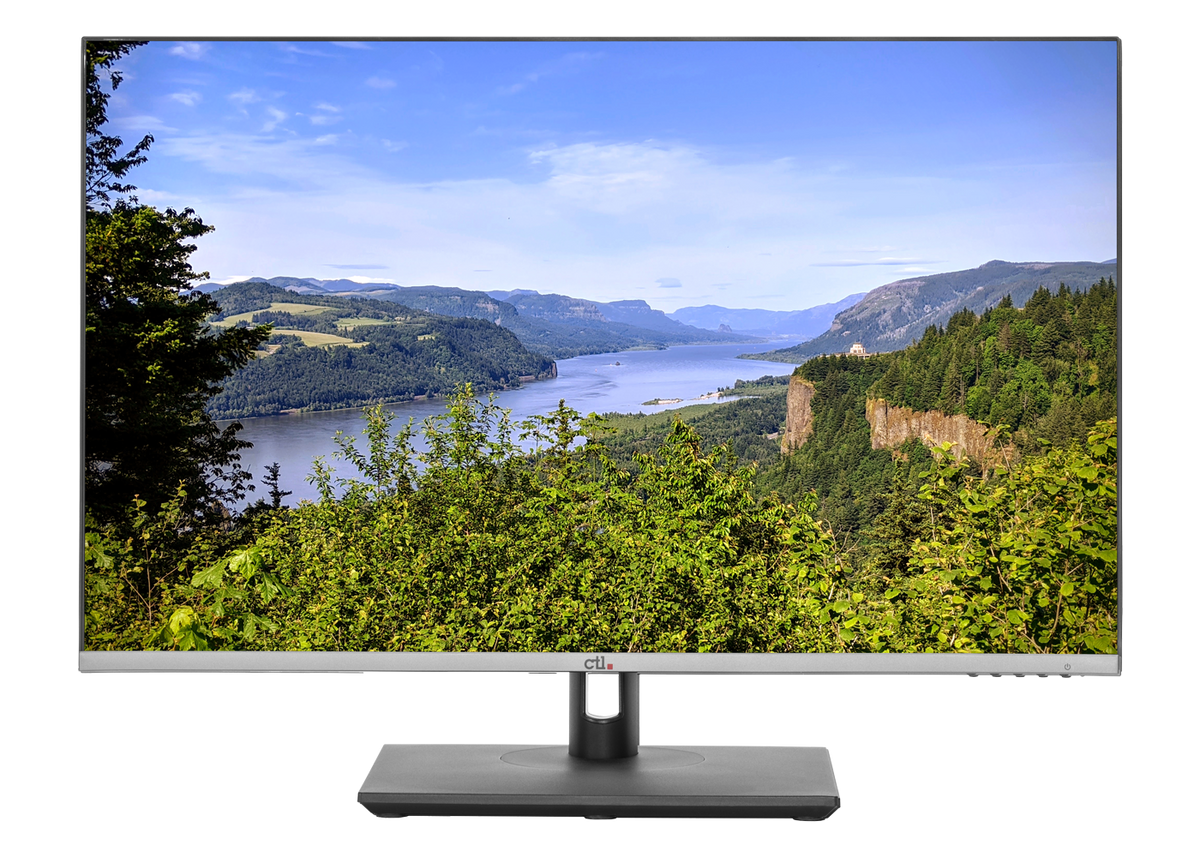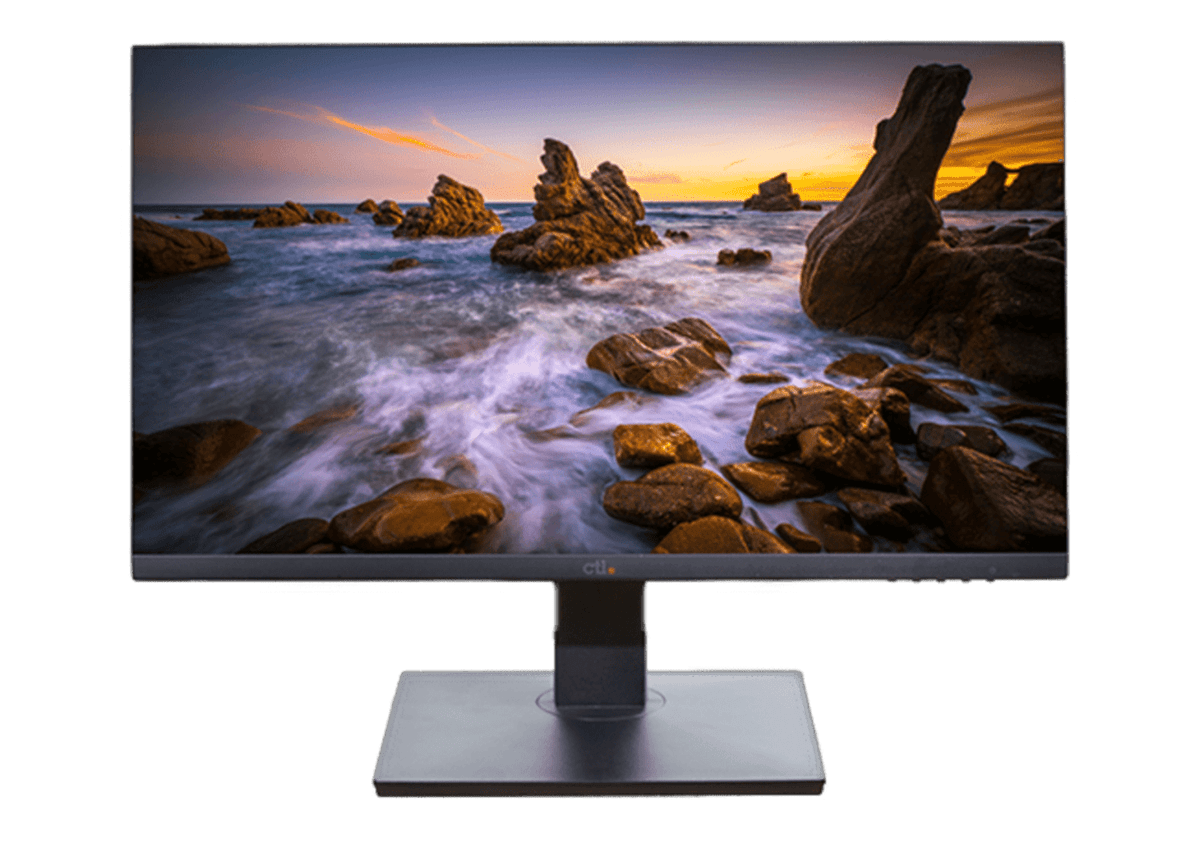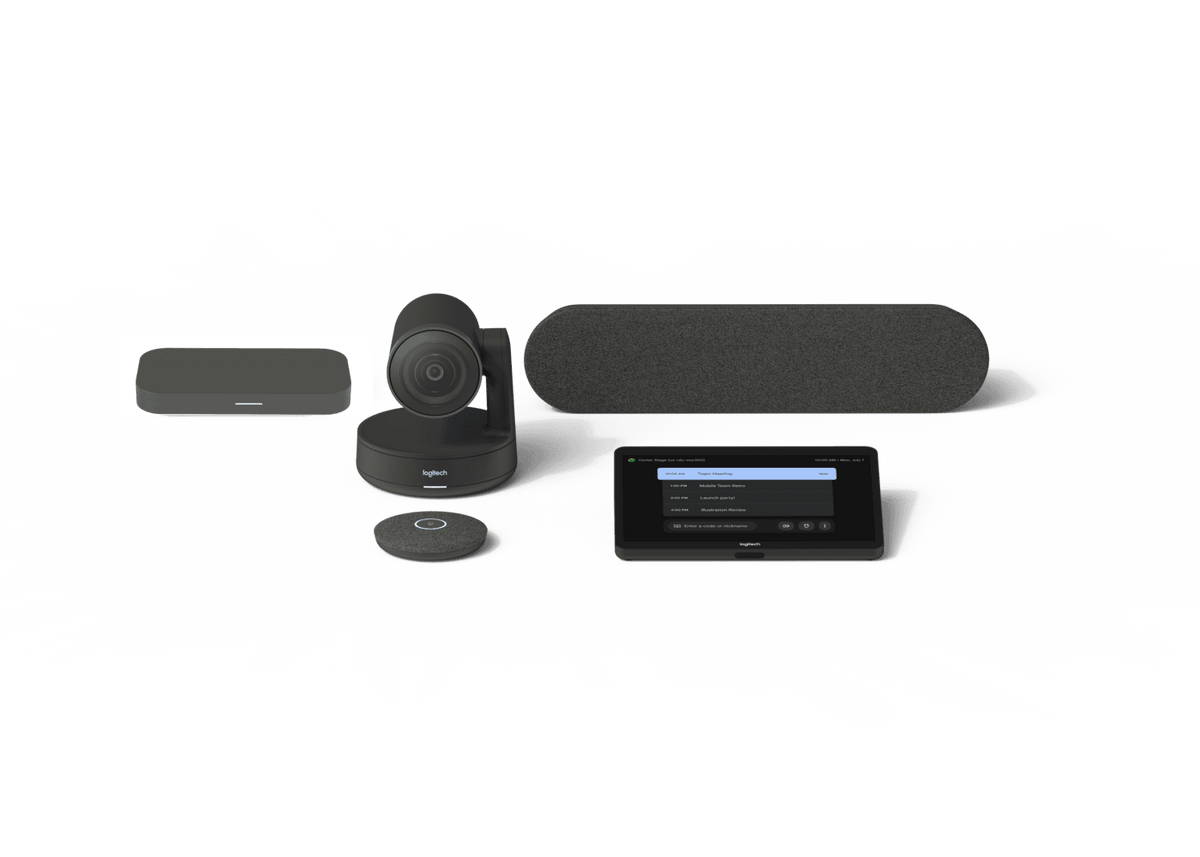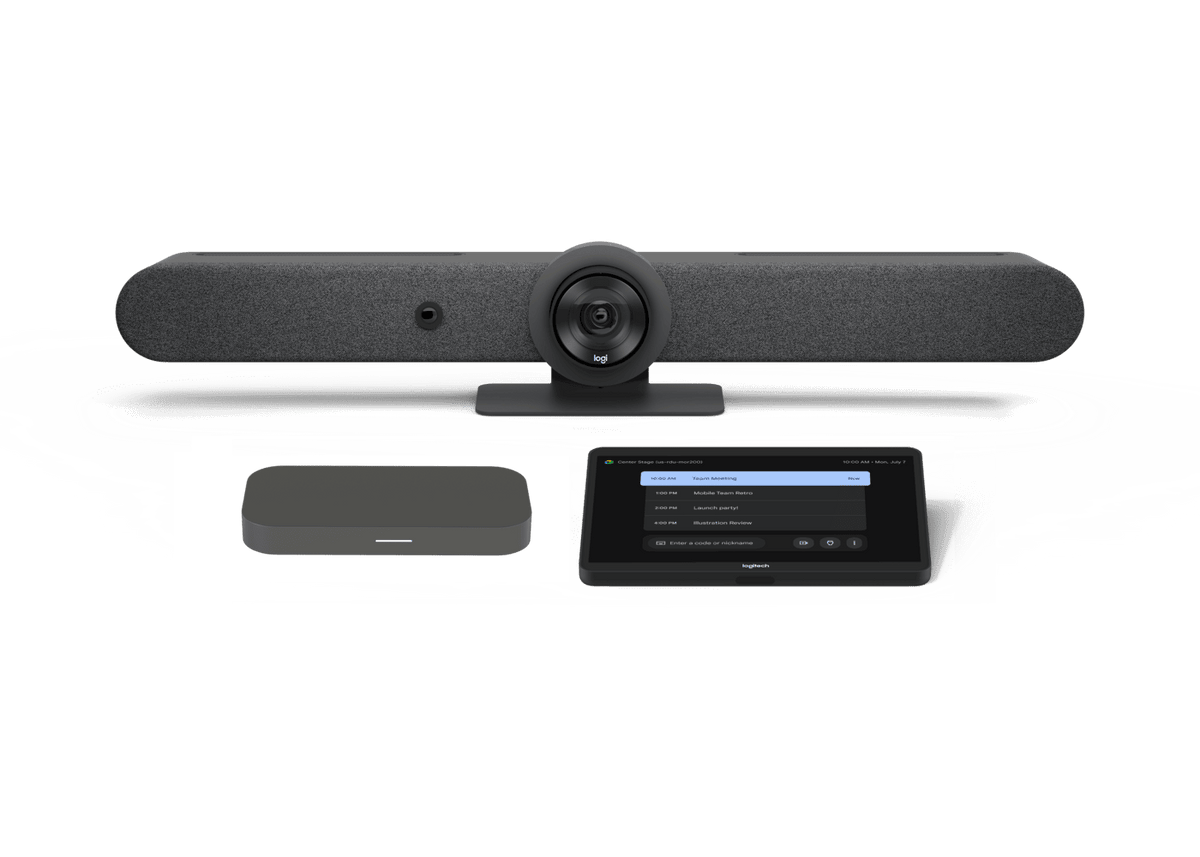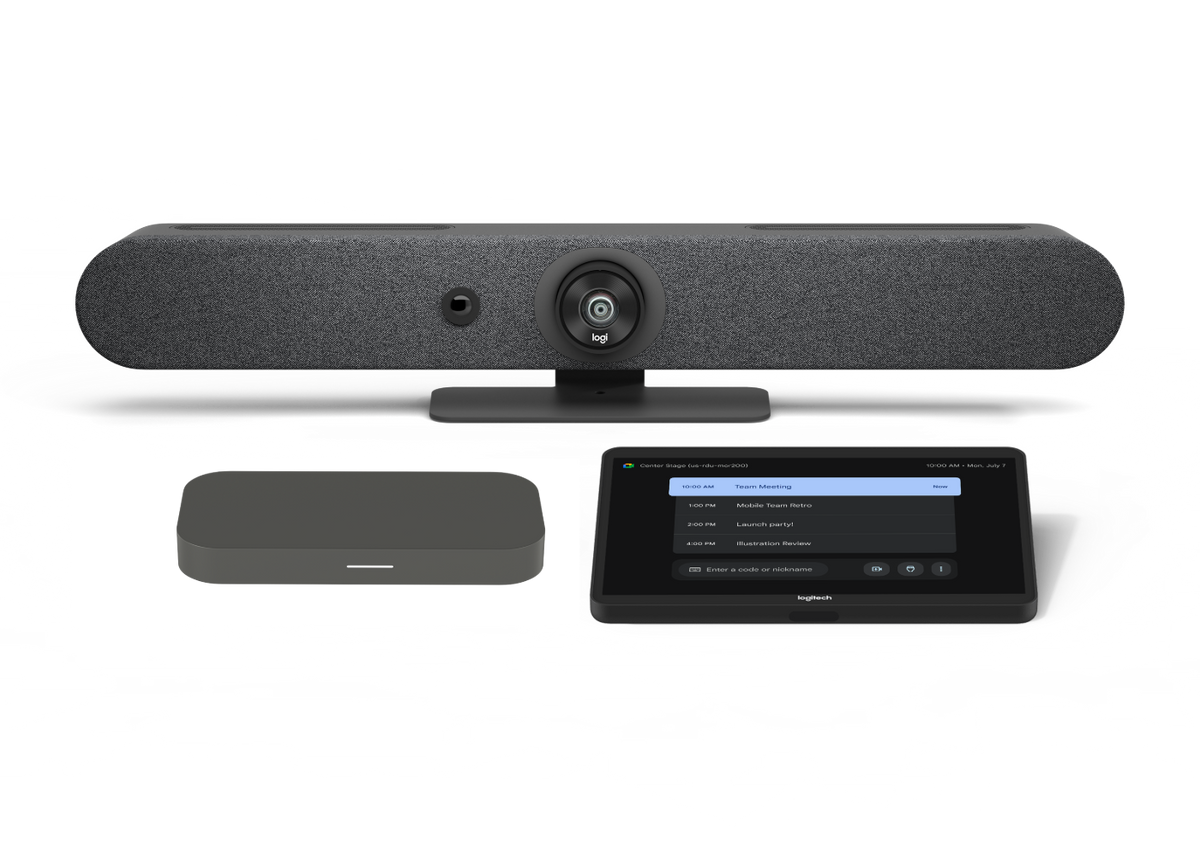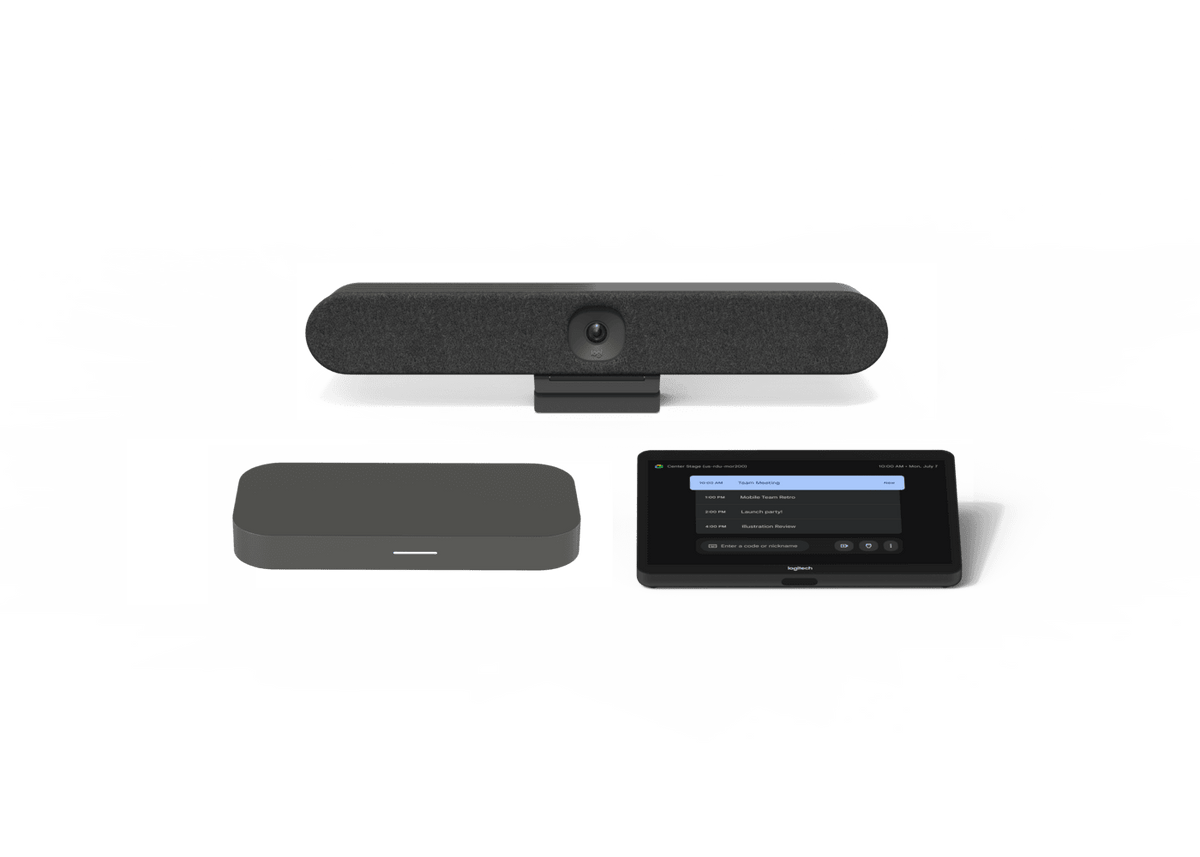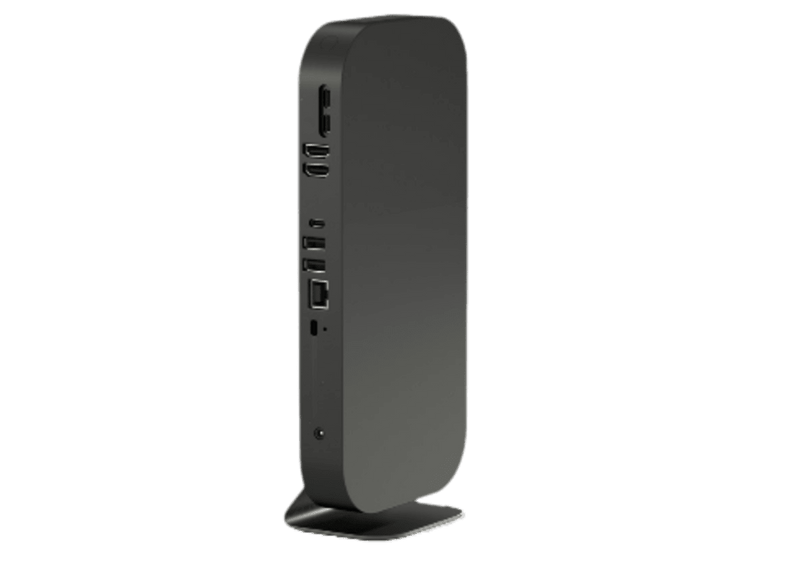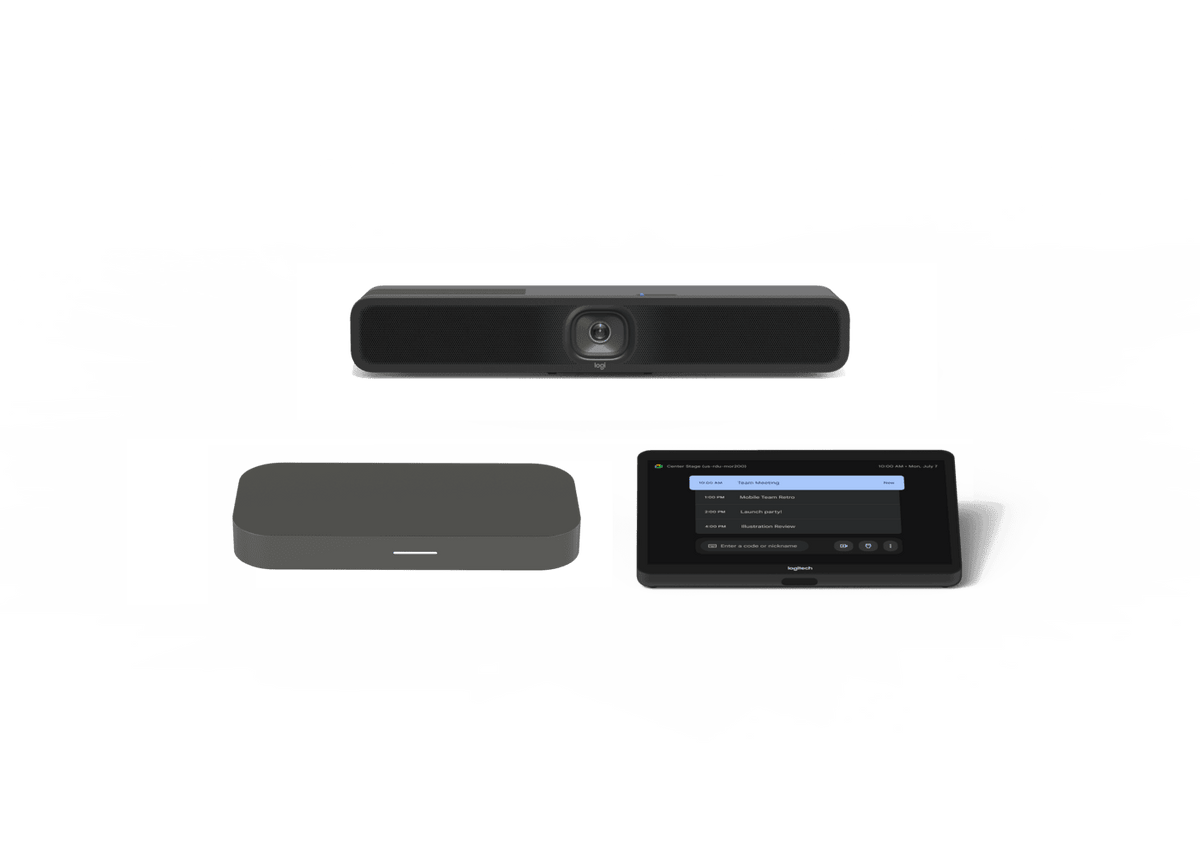CTL advocates for a more comprehensive E-Rate funding approach to ensure digital learning equity. In its recent letter to the FCC, in support of comments filed by Los Angeles USD, CTL urged that the E-Rate hotspot program be expanded to include service to all LTE-enabled student computing devices, including Chromebooks. This move would significantly reduce the IT costs and burdens faced by school districts, enabling them to provide equitable access to digital learning resources in support of the Homework Gap initiative.
CTL stands united with Dallas ISD and Los Angeles USD, both of which have expressed their strong support for this approach. By extending E-Rate funding to all LTE-enabled student computing devices, we can empower schools to bridge the digital divide and create a more equitable learning environment for students across the nation.
October 3, 2024
Secretary Marlene H. Dortch
Federal Communications Commission
45 L Street NE
Washington, DC 20554
Re: Comments in Support of LAUSD’s Petition for Reconsideration of Addressing the Homework Gap through the E-Rate Program Report and Order and Further Notice of Proposed Rulemaking, WC Docket No. 21-31
Dear Madam Secretary,
On behalf of CTL Corporation, we submit the following comments in strong support of the Los Angeles Unified School District’s (LAUSD) petition1 for reconsideration of the recent changes to the E-Rate program aimed at addressing the Homework Gap. LAUSD’s letter outlines a clear path forward for maximizing the efficiency and cost-effectiveness of the E-Rate program by expanding support for direct broadband connections to LTE-enabled devices and Wi-Fi hotspots.
Support for LTE-Enabled Devices as the Most Efficient and Cost-Effective Solution
We agree with LAUSD’s assertion that providing broadband service directly to LTE-enabled computing devices, such as laptops and Chromebooks, is far more efficient and cost-effective than relying on Wi-Fi hotspots. As CTL has observed in its deployment of tens of thousands of LTE-enabled Chromebooks to schools, this approach eliminates the need for intermediary devices like hotspots, which often create additional layers of complexity, cost, and administrative burden for school districts and libraries.
During the Emergency Connectivity Fund (ECF) initiative, CTL supplied over 30,000 LTE-enabled Chromebooks, and it was clear that the direct connection to cellular networks offered significant operational advantages. These devices not only reduced the need for schools to manage and support separate Wi-Fi hotspots but also improved network performance due to better integration of antennas and computing power within the Chromebooks themselves.
As LAUSD highlights in its letter, the cost of cellular data plans for LTE-enabled devices is comparable to those for Wi-Fi hotspots, meaning there is no financial downside to this approach. By removing the Wi-Fi hotspot only restriction and allowing E-Rate funds to directly support LTE-enabled devices, the Commission can provide a more streamlined and sustainable solution to off-campus connectivity while empowering schools to choose the most effective technology for their students.
Operational Efficiencies and Administrative Simplicity
The administrative burden associated with Wi-Fi hotspots, as outlined by LAUSD, is substantial. School districts must manage various tasks from inventory management to technical support, all of which divert resources away from educational priorities. By contrast, LTE-enabled devices offer a more straightforward solution, as schools only need to manage a single device per student, reducing the complexity of logistics, asset tracking, and technical support.
As CTL has seen with its LTE-enabled Chromebooks, this approach enablesschool IT teams to more easily manage the deployment and monitoring of devices, particularly when using platforms like the Google Admin console, which can push updates and monitor device usage in real-time. In addition, using LTE-enabled devices instead of hotspots reduces the likelihood of students facing connectivity issues due to forgotten, lost, or uncharged hotspots, helping to ensure uninterrupted access to educational resources.
Simplifying Program Administration and Supporting Local Decision-Making
CTL also supports LAUSD’s call for the FCC to simplify program administration by making cellular broadband service eligible on a standalone basis, regardless of the device it connects to. The Commission has already taken steps to ensure that E-Rate support is targeted at students in need, such as prohibiting funding for one-to-one programs where all students receive a device and service, and by capping monthly service costs. These safeguards, in combination with a simplified eligibility framework, would enable schools to make decisions based on local needs and ensure that limited E-Rate resources are used efficiently.
Moreover, LTE-enabled devices offer additional educational benefits by giving school districts greater control over device usage. With centralized management systems, districts can track educational usage, ensure that devices are being used for their intended purposes, and remotely manage devices when necessary. LTE-enabled Chromebooks, for example, already natively support user authentication, which hotspots often do not natively support. Moreover, hotspots often require 3rd party software or new multi-party integrations to accomplish authentication. As a result, hotspots present an increased risk of being used for non-educational purposes. Alternatively, students and staff are required to log in to Chromebooks for use, automatically assuring that the connection is in use by an authorized user. This level of oversight with LTE-enabled devices further ensures that E-Rate funds are being used to support educational goals, while also providing added security and accountability.
For these reasons, we urge the Commission to adopt LAUSD’s proposed changes and eliminate the requirement for Wi-Fi hotspots as the sole eligible device for off-campus connectivity. CTL strongly supports consideration of the LAUSD request: “We ask that the cellular broadband service alone be eligible for support as long as it is connected to a school-owned computing device and used primarily for educational purposes.” By supporting direct broadband service beyond hotspots to other LTE-enabled devices, the Commission can reduce administrative burdens, lower overall costs, and provide a more effective means of closing the Homework Gap.
We appreciate the opportunity to submit these comments supporting LAUSD and thank the Commission for its continued efforts to address the digital learning divide.
Sincerely,
Erik Stromquist, Co-founder and Chairman of the Board, CTL
Mike Mahanay, Vice President of Government Affairs, CTL
Learn more about LTE-connected Chromebooks
Learn more about the FCC E-Rate program
- See LAUSD Petition for Reconsideration Wi-Fi Hotspot Order, WC Docket No. 21-31 (filed Sep. 19, 2024)

